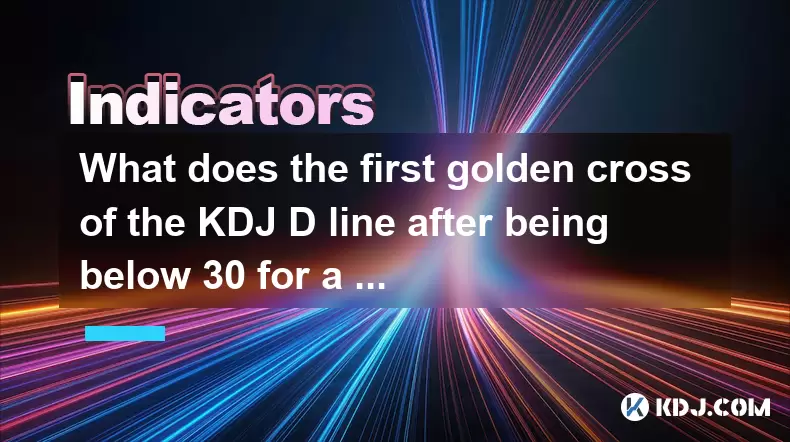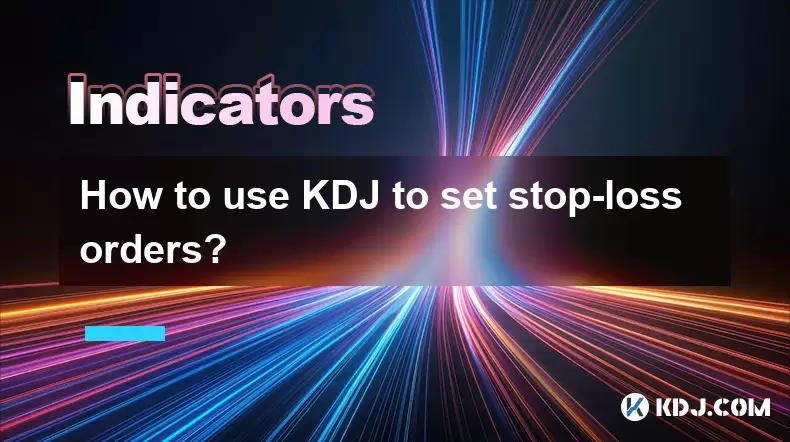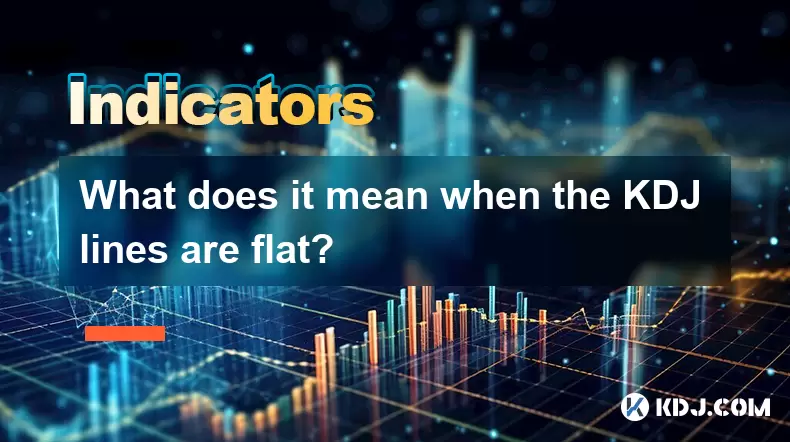-
 Bitcoin
Bitcoin $114700
-3.36% -
 Ethereum
Ethereum $3619
-6.51% -
 XRP
XRP $2.926
-7.66% -
 Tether USDt
Tether USDt $0.9998
-0.02% -
 BNB
BNB $768.6
-4.90% -
 Solana
Solana $168.2
-7.52% -
 USDC
USDC $0.9999
0.00% -
 Dogecoin
Dogecoin $0.2045
-9.02% -
 TRON
TRON $0.3243
-0.27% -
 Cardano
Cardano $0.7208
-8.45% -
 Hyperliquid
Hyperliquid $39.74
-9.17% -
 Stellar
Stellar $0.3882
-8.79% -
 Sui
Sui $3.481
-11.93% -
 Chainlink
Chainlink $16.52
-9.04% -
 Bitcoin Cash
Bitcoin Cash $556.7
-4.79% -
 Hedera
Hedera $0.2444
-11.40% -
 Avalanche
Avalanche $21.96
-8.51% -
 Ethena USDe
Ethena USDe $1.001
-0.02% -
 UNUS SED LEO
UNUS SED LEO $8.950
0.15% -
 Toncoin
Toncoin $3.425
-2.33% -
 Litecoin
Litecoin $104.4
-5.94% -
 Shiba Inu
Shiba Inu $0.00001212
-7.49% -
 Polkadot
Polkadot $3.630
-6.98% -
 Uniswap
Uniswap $9.165
-10.12% -
 Monero
Monero $306.8
-3.10% -
 Dai
Dai $0.9999
-0.01% -
 Bitget Token
Bitget Token $4.360
-3.43% -
 Pepe
Pepe $0.00001049
-9.59% -
 Cronos
Cronos $0.1352
-8.67% -
 Aave
Aave $256.5
-8.03%
What does the first golden cross of the KDJ D line after being below 30 for a long time indicate?
The KDJ golden cross, occurring when %K crosses above %D below 30 after prolonged oversold conditions, signals potential bullish reversal in crypto markets.
Jul 30, 2025 at 05:42 pm

Understanding the KDJ Indicator in Cryptocurrency Trading
The KDJ indicator is a momentum oscillator widely used in cryptocurrency technical analysis to identify overbought and oversold conditions. It consists of three lines: the %K line, the %D line, and the %J line. The %K line represents the current closing price relative to the price range over a specified period, usually 9 periods. The %D line is a moving average of the %K line, typically a 3-period simple moving average, and the %J line is derived from the formula: 3 × %K – 2 × %D. Among these, the %D line plays a critical role in confirming signals generated by the %K line.
When traders analyze the KDJ, they pay close attention to the values of these lines. A reading below 30 on the %D line generally indicates an oversold market, suggesting that the asset may be undervalued and due for a potential upward correction. However, being below 30 for a prolonged period often reflects sustained bearish pressure, which could mean the downtrend has strong momentum or market sentiment remains negative.
What Constitutes a Golden Cross in the KDJ Indicator?
A golden cross in the context of the KDJ indicator occurs when the %K line crosses above the %D line from below, particularly when both lines are positioned in the oversold region—typically below 30. This crossover is interpreted as a bullish signal, suggesting a potential reversal from a downtrend to an uptrend. The strength of the signal increases when this crossover happens after the %D line has remained below 30 for an extended duration.
For the signal to be considered valid, traders often look for confirmation in the form of volume increase or alignment with other technical indicators such as RSI or MACD. In the volatile cryptocurrency market, false signals are common, so it's essential to ensure that the golden cross is not occurring in isolation. The longer the %D line stays below 30, the more significant the potential reversal may be, as it reflects prolonged selling exhaustion.
Interpreting the First Golden Cross After Prolonged Oversold Conditions
When the first golden cross of the %K and %D lines occurs after the %D line has been below 30 for a long time, it often signals that selling pressure is weakening and buying interest is starting to emerge. This pattern is particularly relevant in cryptocurrency markets, where sharp reversals can happen quickly due to high volatility and sentiment shifts.
- The sustained time below 30 indicates that the asset was in a deep oversold zone, possibly driven by panic selling or negative news cycles.
- The crossover suggests that short-term momentum is shifting from bearish to bullish.
- The first occurrence of such a cross is more significant than subsequent ones, as it marks the initial shift in market dynamics after a prolonged downtrend.
Traders should monitor whether the %D line begins to rise above 30 shortly after the crossover, which would confirm the transition from oversold to neutral or bullish territory. This movement can be a precursor to a sustained price recovery, especially if supported by increasing trading volume.
How to Use the Golden Cross Signal in Cryptocurrency Trading
To effectively use the first golden cross after prolonged oversold conditions, traders should follow a structured approach:
- Open a cryptocurrency trading platform that supports the KDJ indicator, such as TradingView, Binance, or Bybit.
- Apply the KDJ indicator to the price chart of the desired cryptocurrency (e.g., Bitcoin or Ethereum).
- Set the default parameters: 9, 3, 3 for %K period, %D period, and smoothing, respectively.
- Observe the %D line and confirm that it has been below 30 for several candlesticks (e.g., 5–10 days on a daily chart).
- Watch for the %K line to cross above the %D line while both are still below 30 or just crossing above it.
- Confirm the signal with volume analysis—look for a noticeable increase in trading volume during or after the crossover.
- Cross-verify with other indicators like moving averages or support levels to reduce false signals.
For example, on a Bitcoin daily chart, if the %D line has been below 30 since the start of a market correction and the %K line finally crosses above it after 7 days, this could indicate a potential bottoming out. Entering a long position after confirmation—such as a close above the previous day’s high—can be a strategic move.
Risks and Limitations of the KDJ Golden Cross Signal
While the first golden cross after a long stay below 30 is a promising signal, it is not infallible. Cryptocurrency markets are influenced by external factors such as regulatory news, macroeconomic events, and whale movements, which can override technical patterns. A golden cross may occur during a bear market rally rather than a true reversal, leading to losses if not managed properly.
- The signal may generate false positives in sideways or choppy markets.
- In low-liquidity altcoins, the KDJ can be easily manipulated by large trades.
- Over-reliance on a single indicator without considering broader market context increases risk.
Therefore, traders should avoid acting solely on the KDJ signal. Instead, they should integrate it into a comprehensive strategy that includes risk management, stop-loss orders, and multi-timeframe analysis. For instance, checking the weekly KDJ can help determine whether the daily golden cross aligns with a larger trend reversal.
Practical Example: Golden Cross in Ethereum’s Price Action
Consider a scenario where Ethereum (ETH) has been declining for two weeks, with the KDJ %D line consistently below 30. On day 15, the %K line rises and crosses above the %D line at a value of 28. This is the first golden cross after an extended oversold phase.
- The daily candle closes higher, accompanied by a 40% increase in volume.
- The RSI also moves above 30, confirming momentum shift.
- Price is near a historical support level at $1,800.
In this case, traders might interpret this as a high-probability buy signal. They could enter a long position with a stop-loss placed just below the recent low (e.g., $1,750) and target a move toward the next resistance at $2,000. The alignment of multiple factors enhances the reliability of the KDJ signal.
Frequently Asked Questions
Q: Can the KDJ golden cross occur above 30 and still be valid?
Yes, a golden cross above 30 can still be valid, but it carries less weight as a reversal signal. When the %D line is already above 30, the market is no longer oversold, so the crossover may indicate continuation rather than a bottom reversal.
Q: How long should the %D line remain below 30 to qualify as "prolonged"?
There is no fixed duration, but generally, 5 to 10 candlesticks on the selected timeframe are considered significant. On a daily chart, this would mean 5–10 days; on an hourly chart, it could be 5–10 hours.
Q: Does the KDJ work the same way across all cryptocurrencies?
The KDJ functions similarly across all cryptocurrencies, but its effectiveness varies based on liquidity and volatility. Major coins like Bitcoin and Ethereum tend to produce more reliable signals due to higher trading volume and market efficiency.
Q: What should I do if the golden cross is followed by a price drop?
If the price drops after the golden cross, it may indicate a failed signal. Traders should have a stop-loss in place and reassess the market structure. It could be a temporary bounce within a larger downtrend, requiring further confirmation before re-entering.
Disclaimer:info@kdj.com
The information provided is not trading advice. kdj.com does not assume any responsibility for any investments made based on the information provided in this article. Cryptocurrencies are highly volatile and it is highly recommended that you invest with caution after thorough research!
If you believe that the content used on this website infringes your copyright, please contact us immediately (info@kdj.com) and we will delete it promptly.
- Australia vs Lions: Unleashing Betting Offers and Free Bets for the Thrilling Finale
- 2025-08-01 16:30:11
- Bitcoin, Satoshi, and the Echoes of Ancient Wisdom in DeFi
- 2025-08-01 16:50:12
- ONDO Tokens: Could They Mint the Next Crypto Millionaires?
- 2025-08-01 16:30:11
- Satoshi, Meme Coins, and Substance: A New Era?
- 2025-08-01 16:50:12
- Decoding the Roar: Australia, the Lions, and the Betting Odds
- 2025-08-01 16:55:48
- Bitcoin Price Plummets Amid Trump Tariffs: A Market Sell-Off Deep Dive
- 2025-08-01 16:55:48
Related knowledge

How do I secure my private key?
Aug 01,2025 at 05:14pm
Understanding the Importance of Private Key SecurityYour private key is the most critical component of your cryptocurrency ownership. It is a cryptogr...

How does the KDJ indicator apply to decentralized finance (DeFi) tokens?
Aug 01,2025 at 04:43pm
Understanding the KDJ Indicator in Technical AnalysisThe KDJ indicator is a momentum oscillator derived from the Stochastic Oscillator, widely used in...

What is the difference in KDJ signal interpretation between a trending and a ranging market?
Aug 01,2025 at 03:56pm
Understanding the KDJ Indicator in Cryptocurrency TradingThe KDJ indicator is a momentum oscillator widely used in cryptocurrency trading to identify ...

Does the KDJ indicator work well for low-liquidity crypto assets?
Aug 01,2025 at 02:01pm
Understanding the KDJ Indicator in Cryptocurrency TradingThe KDJ indicator is a momentum oscillator derived from the Stochastic Oscillator, widely use...

How to use KDJ to set stop-loss orders?
Aug 01,2025 at 04:28pm
Understanding the KDJ Indicator in Cryptocurrency TradingThe KDJ indicator is a momentum oscillator widely used in technical analysis within the crypt...

What does it mean when the KDJ lines are flat?
Aug 01,2025 at 03:22pm
Understanding the KDJ Indicator in Cryptocurrency TradingThe KDJ indicator is a momentum oscillator widely used in cryptocurrency technical analysis t...

How do I secure my private key?
Aug 01,2025 at 05:14pm
Understanding the Importance of Private Key SecurityYour private key is the most critical component of your cryptocurrency ownership. It is a cryptogr...

How does the KDJ indicator apply to decentralized finance (DeFi) tokens?
Aug 01,2025 at 04:43pm
Understanding the KDJ Indicator in Technical AnalysisThe KDJ indicator is a momentum oscillator derived from the Stochastic Oscillator, widely used in...

What is the difference in KDJ signal interpretation between a trending and a ranging market?
Aug 01,2025 at 03:56pm
Understanding the KDJ Indicator in Cryptocurrency TradingThe KDJ indicator is a momentum oscillator widely used in cryptocurrency trading to identify ...

Does the KDJ indicator work well for low-liquidity crypto assets?
Aug 01,2025 at 02:01pm
Understanding the KDJ Indicator in Cryptocurrency TradingThe KDJ indicator is a momentum oscillator derived from the Stochastic Oscillator, widely use...

How to use KDJ to set stop-loss orders?
Aug 01,2025 at 04:28pm
Understanding the KDJ Indicator in Cryptocurrency TradingThe KDJ indicator is a momentum oscillator widely used in technical analysis within the crypt...

What does it mean when the KDJ lines are flat?
Aug 01,2025 at 03:22pm
Understanding the KDJ Indicator in Cryptocurrency TradingThe KDJ indicator is a momentum oscillator widely used in cryptocurrency technical analysis t...
See all articles

























































































